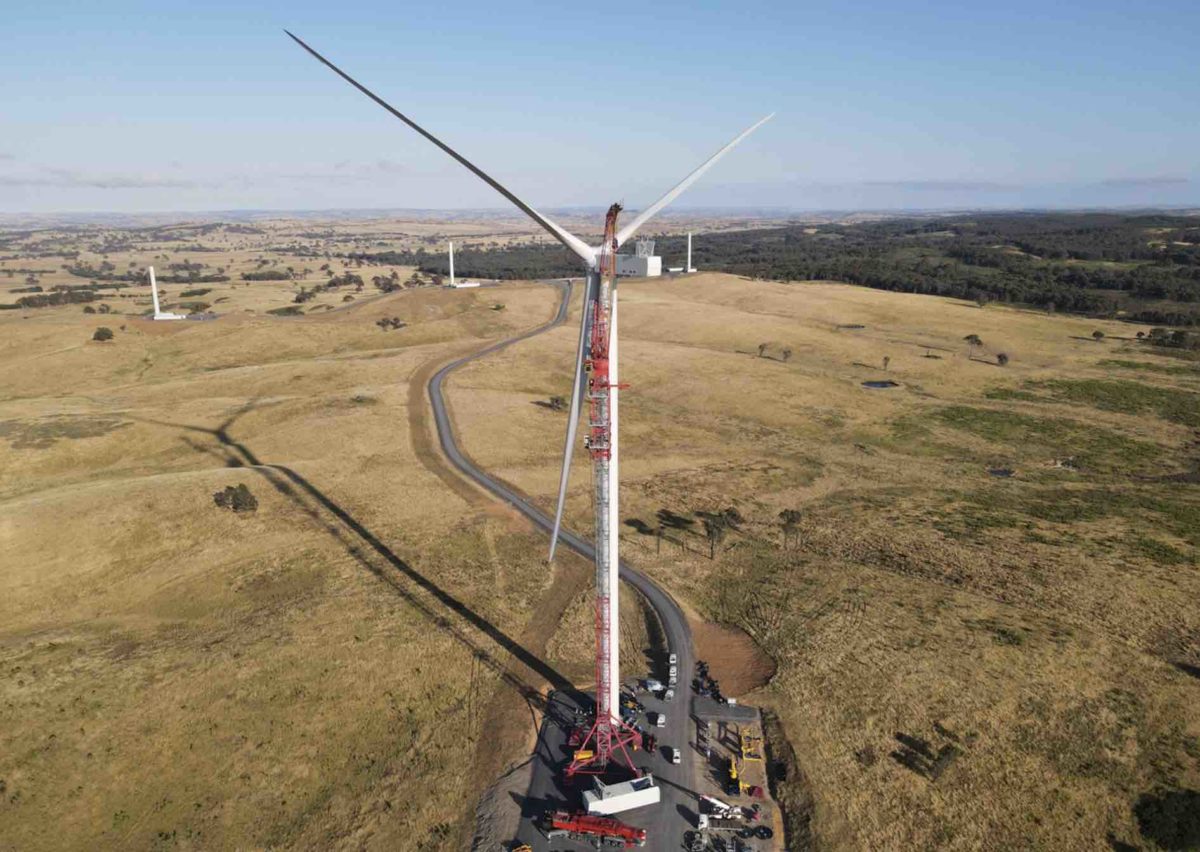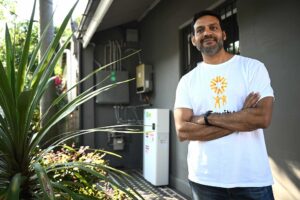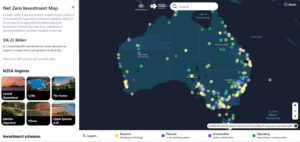The renewable energy industry has welcomed a move by the Victorian Labor government to fill “critical knowledge gaps” on how best to minimise adverse environmental and wildlife impacts of wind farm development, while also helping to get more projects built.
The Allan government announced on Wednesday that it will invest $3.8 million in the development of a new suite of tools and guidelines to help developers better understand and manage biodiversity risks near wind farms.
The tools include new state-wide maps that identify key habitat areas for native wildlife, due to be completed by July of this year, and research into how wind turbines could impact threatened bird and bat species.
The research, due for completion by October, will determine the flight height of the Southern Bent-wing Bat, ways to reduce bird and bat collisions with turbines and detailed research on Brolga breeding sites.
The funding initiative follows a year where no wind farms were approved in Victoria, a lull the Clean Energy Council says is largely due to “systemic ambiguity within government departments” about biodiversity risks and how they can be avoided, mitigated and managed.
This was exemplified by decision from the state’s planning minister, last August, to approve a 350MW wind farm proposed for north of Port Fairy, but with a set of conditions the CEC slammed as “simply not workable.”
As Renew Economy reported, the minister ruled in favour of a five month moratorium on construction of the project to accommodate for the Brolga breeding season from July to November.
The approval also recommended the increase of turbine-free buffers for Brolga and Southern Bent-wing Bat and mapping of revised buffers, before amended development plans are submitted for approval.
At the time, the CEC’s director of energy generation and storage, Dr Nicholas Aberle, said the decision relies on draft brolga standards that are yet to be finalised or approved by government, and on European standards developed for European bats.
“The arbitrary requirement for a five-month window in which construction is not allowed to proceed has been imposed without being evaluated through an already time-intensive Environmental Effects Statement process,” Aberle said on Friday.
“This is not supported by evidence and is simply not workable in practice for any wind farm.”
The problem is not unique to Victoria. Just last week wind farm proposed for Queensland’s far north was withdrawn from the federal environmental approvals pipeline by developer Ark Energy after waiting nearly three years for a decision.
That decision never formally came, rather Ark “received information” from the Department of Climate Change Energy Environment and Water (DCCEW) that it would not get the green light.
According to comments on a radio interview, federal environment minister said she ultimately decided the effects of the Wooroora Station wind farm project on nature were “too great and could not be accommodated.” She also said the project would have cleared one of the last remaining areas of wet sclerophyll forest.
But while Queensland has a number of wind farms making their way through development pipeline, including Neoen’s 400MW Mount Hopeful project which got the green light from Plibersek on Friday – Victoria needs to get back on track.
The government says its research will inform a Handbook for the development of renewable energy in Victoria – new guidelines on the planning and construction of renewable projects in Victoria which must be followed.
This will include a new list of at-risk wildlife that renewable energy developers will need to consider in their planning and measures they can take to prevent harm to those species. The handbook will also include a template for bat and bird management plans.
“This will give industry access to the best scientific and mapping information available so they can factor the protection of our precious wildlife early on in the planning phase – resulting in a more efficient and timely approval process,” the government said in a statement.
It says the handbook will be finalised following public consultation and engagement with Traditional Owners and industry.
The CEC’s Aberle said this week that, while he welcomed the state’s “important work,” it will take time for this work to take effect.
“In the meantime, much of the policy uncertainty could persist,” Aberle said.
“By contrast, climate change is one of the most significant and complex threats to biodiversity, which is precisely what renewable energy is uniquely placed to address.
“Better knowledge of species most at risk will give industry and government departments the certainty needed to approve and build wind farms with sound mitigation and management practices.”
While the research program looks set to boost industry and government understanding of environmental impacts, it will also take time to progress and publish its findings, during which current uncertainties may continue to delay a timely energy transition.
“While we welcome the program of work announced today, we are also aware that it will take time for this work to take effect. In the meantime, much of the policy uncertainty could persist.
“We hope that today’s announcement will send a clear signal that decision makers within departments should strive to find effective and appropriate ways of minimising impacts, rather than impose overly restrictive approaches to impact that only serve to delay climate solutions,” he said.
“Wind farms do have some environmental impacts, but these are well down the list of threats to any species or ecosystem, when compared to other issues, including feral cat and fox predation and wetland degradation, among others.
“By contrast, climate change is one of the most significant and complex threats to biodiversity, which is precisely what renewable energy is uniquely placed to address,” Aberle said.
“Better knowledge of species most at risk will give industry and government departments the certainty needed to approve and build wind farms with sound mitigation and management practices.”








